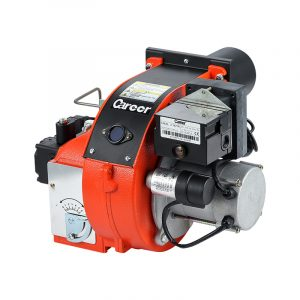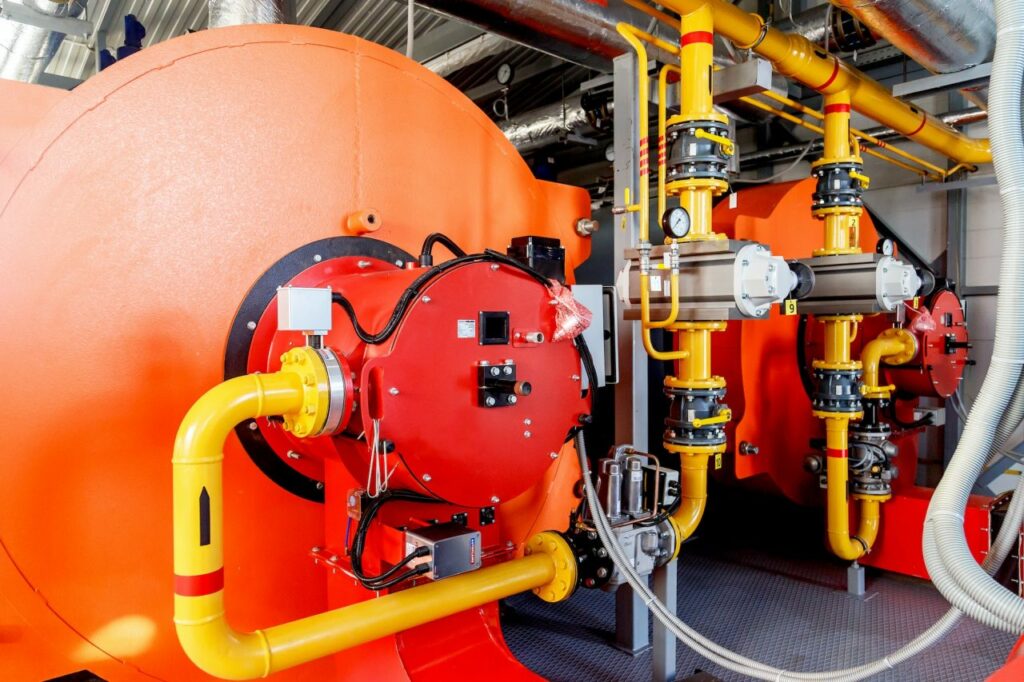In our experience at Career Burner, understanding thermal capacity is critical when selecting or designing an industrial oil burner for specific industrial applications. Thermal capacity, often confused with thermal output, refers to the maximum amount of heat energy that a burner can transfer to a system over a specific time period. It is measured in kilowatts (kW) or British Thermal Units per hour (BTU/hr), and this value directly determines how effectively the burner can meet the energy demands of your industrial processes.
To calculate the thermal capacity of an industrial oil burner, we first consider the burner’s fuel consumption rate and the heating value of the oil used. The formula is generally:Thermal Capacity = Fuel Flow Rate × Heating Value × Efficiency Rate.This means the more efficient the combustion process is, the more heat the burner delivers for the same amount of fuel.
Why thermal capacity matters in industrial applications
We know that industrial settings—like boiler systems, furnaces, and kilns—require precise and stable heat supply. Choosing an industrial oil burner with suitable thermal capacity ensures consistent operation, avoids energy waste, and reduces maintenance frequency. At Career Burner, we design our burners with customizable capacity ranges to match varying operational needs, which supports both energy efficiency and process control.
Thermal capacity also impacts burner sizing. Undersized burners will struggle to maintain required temperatures, leading to inefficiency or even system shutdowns. Oversized units may lead to overheating, excess emissions, and higher operational costs. That’s why we always perform a full assessment of process load and heat requirements before recommending solutions.
Factors affecting thermal capacity
In our work at Career Burner, we’ve seen how ambient temperature, fuel quality, burner nozzle type, and air-to-fuel ratio all play a role in achieving the expected thermal capacity. Proper calibration and regular maintenance are also key to keeping an industrial oil burner operating at optimal capacity. Ignoring these factors often results in capacity drops and reduced overall performance.
We’ve also invested in advanced burner control systems that help maintain consistent combustion conditions. This leads to better energy use and safety, two pillars that define our commitment to reliable industrial heating.
Conclusion
At Career Burner, we place high importance on calculating and optimizing thermal capacity in every industrial oil burner we design or install. It’s not just a number—it’s the key to efficient, reliable, and cost-effective thermal energy delivery in demanding environments. By understanding how thermal capacity is calculated and what affects it, we can help our clients choose the right burner and achieve long-term performance success.




